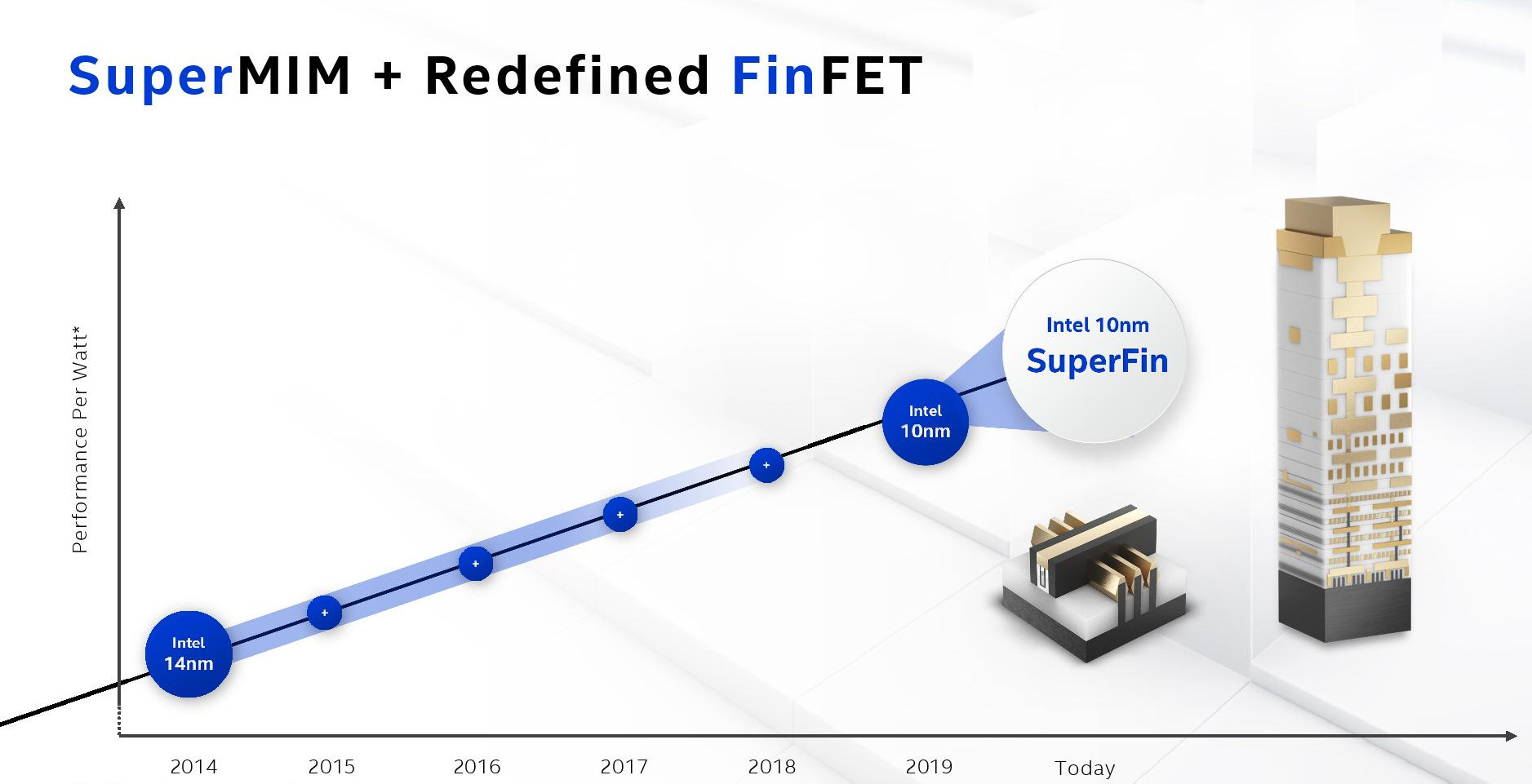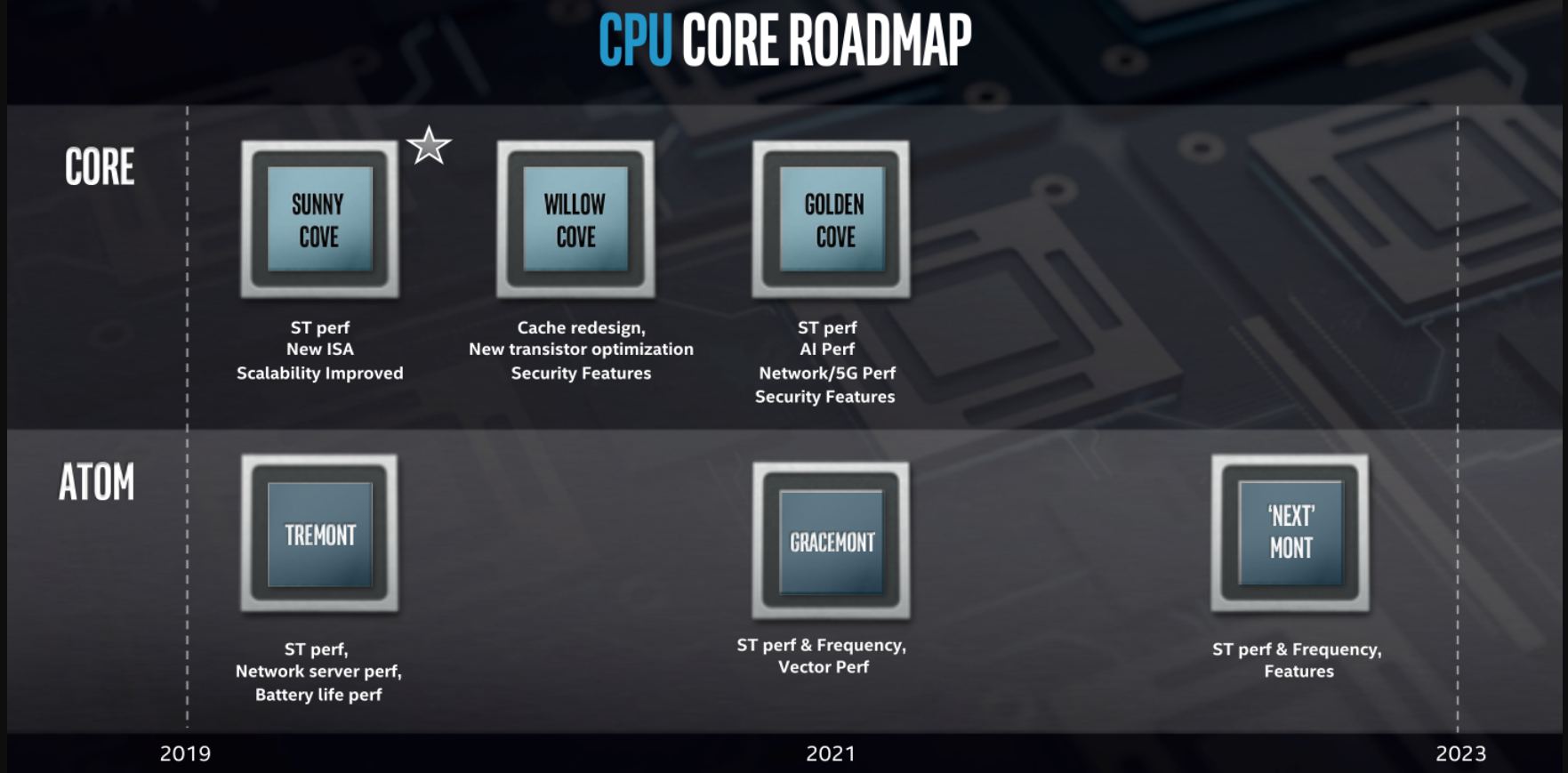
However, this is not the most important thing, although the announcement of a new server line, which will replace the Sky Lake processors, is an important news feed. But it is much more important that Intel is “giving up” in its struggle with 7 and 5 nm technical processes and is switching to technologies that are already being used by their main competitor - AMD. Apparently, problems with finer-step lithography turned out to be insurmountable in the foreseeable future, and AMD's pressure is only increasing: even now, the "reds" are ahead of Intel in the consumer segment, in fact, by one and a half to two generations, taking into account the Ryzen 5000 line, which will be presented today , October 8.
It is important to note that Intel has already demanded that the source remove the article due to the "inaccuracies" made in it, which indirectly confirms at least most of the inside information and, in general,suggests that the "drain" was organized by the marketing department of the company.
If we talk about a specific Sapphire Rapids-based processor that was leaked to adoredtv, then this processor will be Intel's biggest novelty since the announcement of the Intel Core 8xxx series.
The Sapphire Rapids series will use the new Golden Cove architecture core , which will replace the Willow Cove core .

Intel's old architectural roadmap
Golden Cove is expected to see a gain in its inter-processor communication ( IPC ) metric , as opposed to Willow Cove, which actually had a slight decrease over the Sunny Cove architecture .
It is also planned that Intel will introduce support for PCIe 5.0 and DDR5 in new processors ( we wrote about the announcement of the first server memory dies manufactured by SK Hynix a little earlier ). Up to 80 lanes and CXLs are planned for the Sapphire Rapids series processors, which is quite competitive with AMD's IO on its Rome platform. The latter has more lanes, but only at PCIe 4.0 speeds. Sapphire Rapids also supports memory up to 4800 MHz DDR5 and will have support for eight-channel memory.
But, as is usually the case with Intel, there is an item with an asterisk. As with the maximum frequency per core (for CPU0), there are specific limitations with new processors. The above-described operating mode in PCIe 5.0 with 80 lanes will be possible only on top models of the latest articles of the line; for all other processors only 64 lanes will be implemented.
The layout of the chips on the PCB is much more interesting. The server Sapphire Rapids will most likely be implemented in the form of four chips on a textolite substrate - 15 cores per chip, of which only 14 are planned to be active. In addition, the new processors are planning to implement HBM2e on the 64 GB chip itself.
That is, in fact, Intel plans to produce not just a multi-core processor, but a full-fledgedchiplet with its own built-in memory.
A similar approach was expected from AMD, but the Reds did not move on to a full-fledged implementation of the chiplet, limiting themselves to the multi-chip configuration of the processor itself. If Intel can actually solder the memory directly on the PCB of its multi-chip processor, it will be a leap forward and the company will again be able to take the conditional position of the leader in the server race, limiting AMD's encroachments on this market practically monopolized by the "blue".
A few words should be said about the very "leak" of insider information to a technical publication. The fact that Intel sluggishly demanded to delete the article due to "inaccuracies in the text" - with just such a wording - as well as the fact that the leak appeared literally in a day of AMD's big presentation indicates two things.
First, Intel is terrified and the "leaked" about the new processor is a carefully planned campaign to retain the company's reputation among fans and customers. Second: AMD's presentation is likely to be devastating if Intel's marketing department urgently had to organize a very naive and at the same time very detailed "leak" about the company's new server processors - the most important segment of the market for Intel now, because they are still there. since then undeniable leaders and hegemons.
